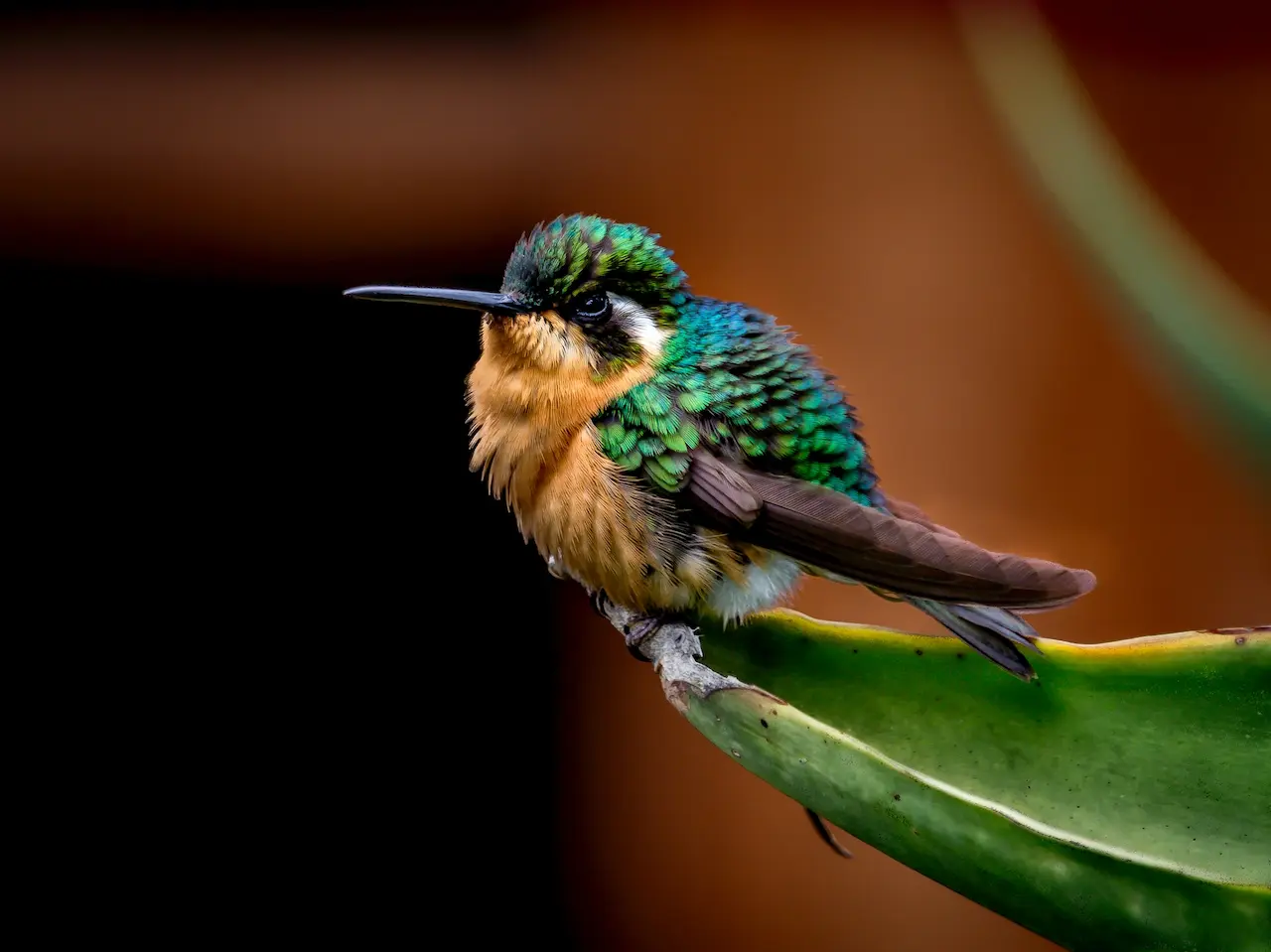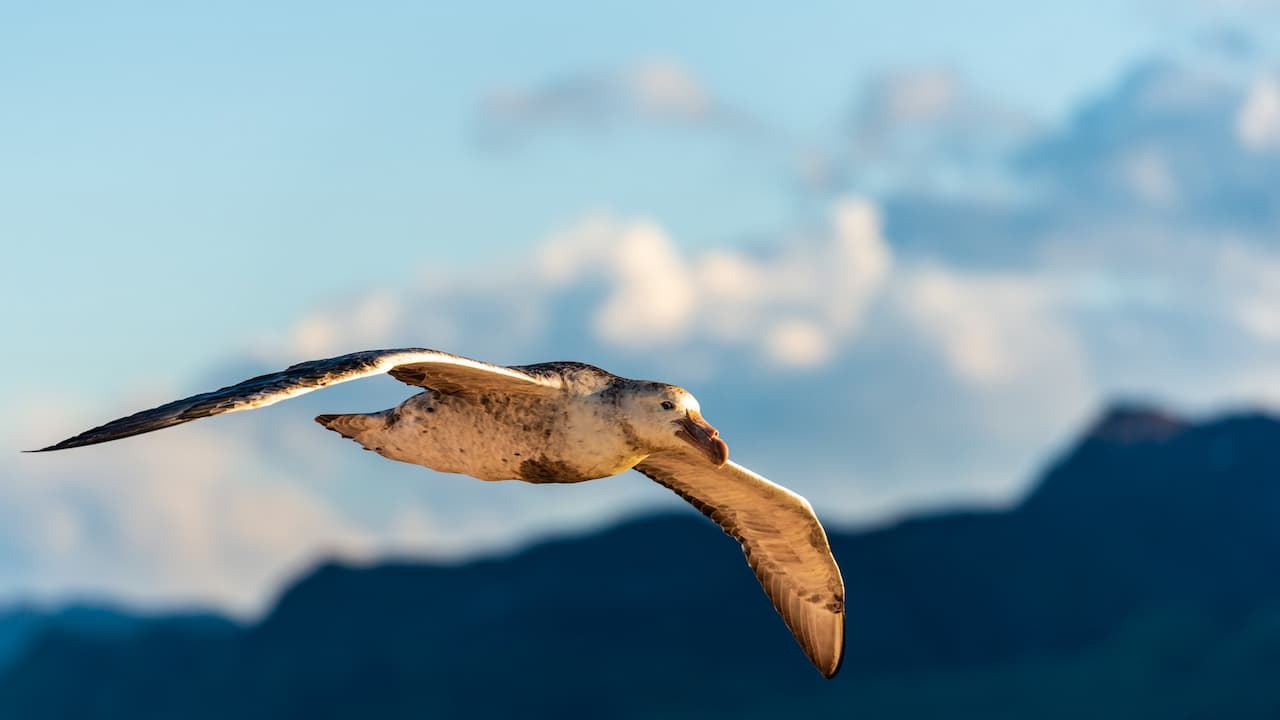Collared Antshrikes
The South American Collared Antshrikes (Sakesphorus bernardi) – also known as White-naped Antshrikes – occur naturally in western Ecuador and north-western Peru, west of the Andes and the Marañón valley.
Their range stretches from Manabí south to Ancash, and also into the river Marañon basin, in Cajamarca and Amazonas, in northern Peru.
They inhabit tropical deciduous forests, desert and moist scrublands, and mangroves.
They are usually seen in pairs but may join mixed-species flocks – especially outside the breeding season.
Sub-Species:
- Thamnophilus bernardi [bernardi, piurae or cajamarcae] (Nominate Race):
- Found in southwestern Ecuador to north-central Peru, as well as Isla Puná just off the coast of southern Ecuador
- Thamnophilus bernardi shumbae:
- Found in north-central Peru (specifically the Río Marañón drainage in Cajamarca and Amazonas)
- ID: Females paler than the nominate race – nearly white below. The crown is a brighter rufous color.
Description:
Collared Antshrikes measure between ~ 6-7 inches (15-18 cm) in length (including the tail) and weigh between 1-1.3 oz (29-38 grams). Females tend to be slightly smaller.
Male
- Black hood and bushy crest
- White collar and pale under plumage
- Rufous brown nape (back of the neck)
- Wings are brownish with white and black edgings
- Black tail with white tips and outer edge.
Female
- Crest is rufous with variable amounts of black
- Sides of the head dark are greyish-speckled white
- Collar and underside are buffy
- Wings and nape are brownish; wings with white edging
- Reddish brown tail with whitish tips and outer edge.
Diet / Feeding:
Their diet mostly consists of insects, such as grasshoppers and crickets, beetles and caterpillars, as well as spiders; as well as feeding on various fruits. They may also prey on the young and eggs of smaller birds.
Breeding / Nesting
Most breeding occurs between February and May. Pairs are monogamous and raise the young together. The eggs are laid in an unlined deep cup nests made out of dead grasses and plant stems loosely woven together. Nests are suspended from bifurcating twigs up to 6 feet above the ground.
The average clutch consists of 2-3 creamy white eggs with dark brown markings. The female incubates the eggs for 14-17 days until the young hatch. The chicks fledge 11-12 days later.
Global Names:
- Catalan: batarà de collar
- Chinese: 领蚁鵙 / 領蟻鵙
- Croatian: ogrličasta mravarica
- Czech: mravenčík bělolímcový
- Danish: Hvidnakket Myretornskade
- Dutch: Withalsmierklauwier
- Finnish: valkoniskamuura
- French: Batara de Bernard
- German: Fleckengesicht-Ameisenwürger
- Italian: Averla formichiera dal collare
- Japanese: shiroerieboshiarimozu / シロエリエボシアリモズ
- Lithuanian: Baltasprandis esperitas
- Norwegian: Kragemaurvarslar / Kragemaurvarsler
- Polish: chronka obrożna
- Portuguese: choca-de-colar
- Russian: Белошейный колючник
- Slovak: batara bielokrká
- Spanish: Batará Collarejo
- Swedish: vitnackad myrtörnskata
- Ukrainian: Сорокуш-малюк білошиїй





